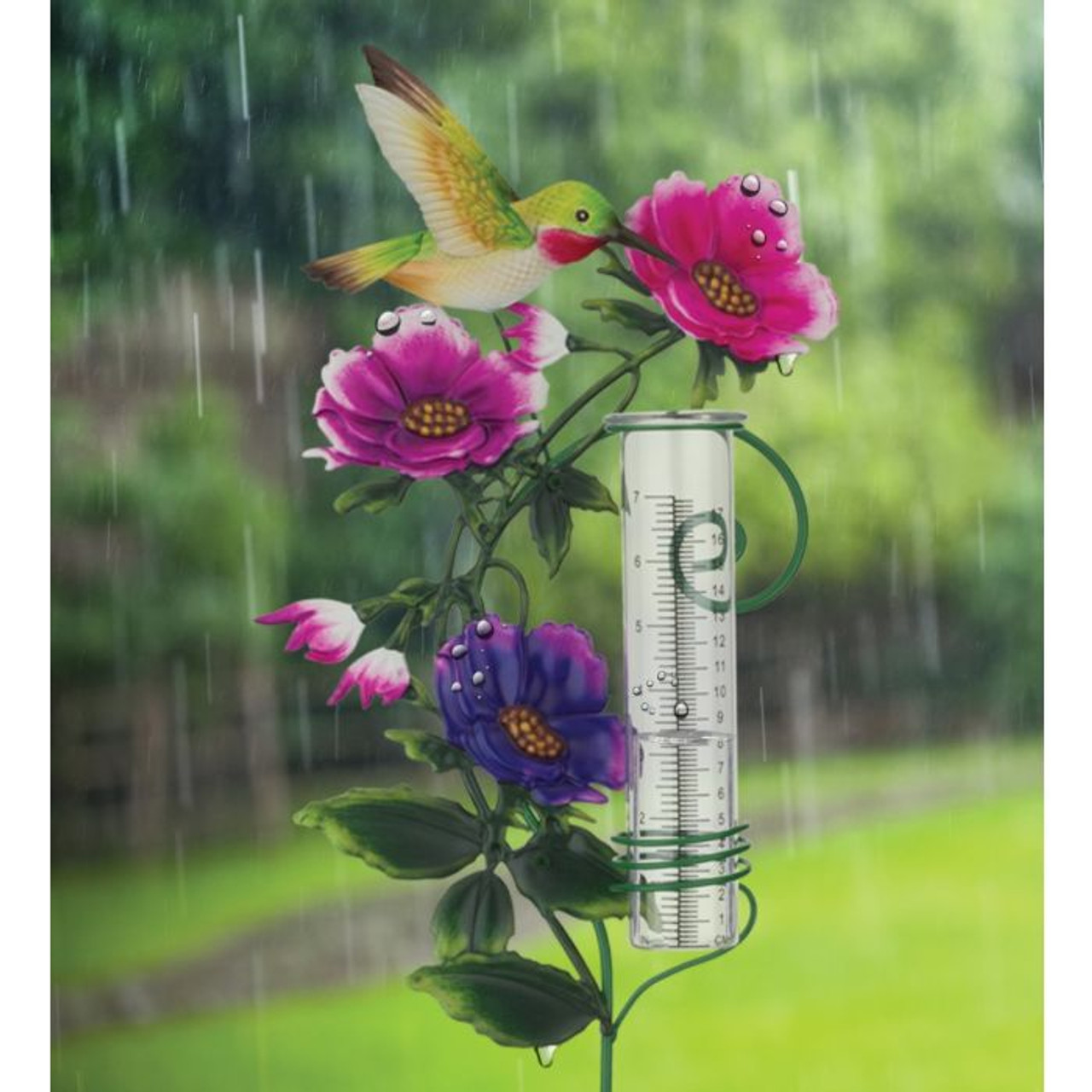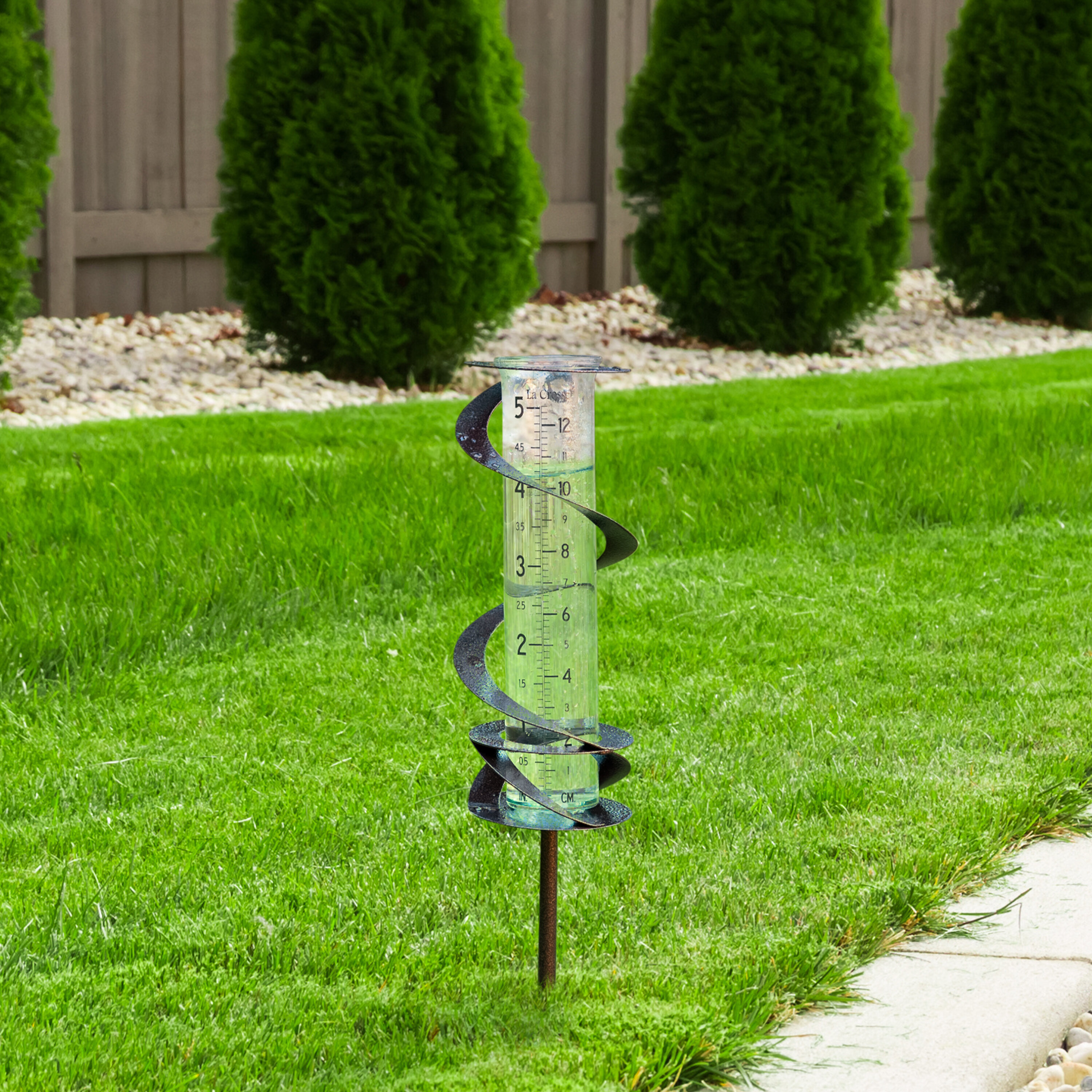The Rain Gauge: Encouraging Communities with Specific Rainfall Information
Wiki Article
Recognizing Rainfall Gauge Dimensions: A Full Guide
Recognizing Rain Gauge Measurements: A Total Guide is an extensive resource for any individual looking for a deeper understanding of rainfall gauge measurements. Rainfall is a crucial consider different industries, consisting of agriculture, water, and meteorology resource management. This guide aims to provide readers with a thorough understanding of the significance of rain gauge dimensions, the various sorts of rainfall determines available, and how these measurements are gotten and analyzed. Additionally, it explores the elements that can affect the accuracy of rain gauge analyses and uses functional tips for obtaining accurate measurements. Whether you are an expert in the area or just have a curiosity about rains measurement, this overview will certainly equip you with the knowledge required to successfully use rainfall scale measurements.The Relevance of Rain Scale Measurements
The relevance of rain gauge measurements exists in their duty as a crucial device for accurately evaluating and keeping track of rainfall degrees - The Rain Gauge. Rainfall gauge dimensions give useful data that helps meteorologists and hydrologists understand patterns and fads in rainfall, which subsequently help in different areas such as farming, water resource administration, and climate research
Exact rainfall dimensions are important for farming as they aid in figuring out watering requirements, plant growth, and yield forecasts. Farmers rely upon this information to make enlightened decisions regarding when to sprinkle their plants, stopping water waste and making certain optimal crop health and wellness. In addition, rains data assists in analyzing the impact of droughts or extreme rainfall on plant production, making it possible for farmers to take ideal actions to reduce losses.
Water resource administration greatly depends on rain gauge measurements to identify the amount of water readily available in rivers, lakes, and tanks. Precise dimensions allow water supervisors to make enlightened choices about water appropriation and circulation, guaranteeing sustainable use and preventing lacks. This info is particularly vital in areas where water shortage is a pressing concern.
Moreover, rainfall gauge measurements play an important function in climate research. By accurately gauging rainfall over extended periods, scientists can examine long-lasting environment patterns and identify adjustments in rainfall patterns because of climate adjustment. This data assists scientists and policymakers establish methods to adjust to and alleviate the effects of climate change.
Kinds of Rainfall Gauges
There are various kinds of rainfall assesses used to measure rainfall accurately. Each kind has its very own advantages and constraints, making them appropriate for different objectives and settings.One of the most usual type of rain gauge is the typical round gauge. It is composed of a cylindrical container with a large funnel-shaped top to accumulate rain (The Rain Gauge). The water is after that funneled into a finished determining tube, allowing for specific measurement of the quantity of rains
An additional type is the weighing rainfall gauge. Weighing rain assesses are particularly helpful in locations with frozen rainfall or hefty rainfall, as they are not affected by sprinkling or evaporation.
Tipping bucket rainfall evaluates utilize a device that tips a little container each time it accumulates a particular quantity of rain. The variety of suggestions is recorded and utilized to determine the rains. This kind of gauge is typically made use of in automated climate stations due to its low upkeep requirements and ability to give real-time data.
Finally, there are radar-based rainfall evaluates that use radar technology to estimate rains. These assesses determine the intensity of rainfall in a certain location by assessing the mirrored radar signals. They are specifically beneficial for determining rainfall over huge locations or in remote places.
How Rain Gauge Measurements Work
Rainfall scale dimensions are based on the concept of accumulating and gauging the amount of precipitation. These instruments are designed to record rain and supply an exact measurement of the rains in a details location.The most typical kind of rain scale is the standard round gauge. It is composed of a cylindrical container with a wide opening on top to collect rain. The gathered water is after that channelled into a measuring tube, which is calibrated to give the measurement in devices of length, usually inches or millimeters.
One more sort of rain gauge is the tipping pail gauge. When they get to a particular weight limit, it uses a seesaw-like system with 2 pails that tip. Each suggestion of the container represents a details volume of rains, enabling specific dimensions.
Some advanced rainfall gauges are outfitted with electronic sensing units that immediately document and transmit information. These sensing units utilize various modern technologies such as ultrasound or laser to measure the quantity of rains accurately.
Aspects Impacting Rainfall Scale Accuracy
Aspects that can influence the precision of rain gauge measurements consist of numerous environmental and functional variables. Environmental elements such as wind, temperature, and climatic stress can significantly affect the precision of rain gauge measurements. Solid winds can create the rainfall scale to move or tilt, causing incorrect readings. Severe temperatures can create evaporation or freezing of try this out the collected rainwater, leading to altered dimensions. Adjustments in climatic stress can additionally influence the precision of rain scale measurements, as they can alter the rate at which rainfall is collected.Operational variables, on the other hand, refer to factors connected to the style, installment, and upkeep of the rain gauge. The positioning of the rain gauge in a location with blocked air flow or near trees or structures can lead to unreliable readings because of blockage or splattering of rains. In addition, inappropriate calibration or irregular upkeep of the rain scale can likewise affect its precision.
To make certain the precision of rainfall gauge dimensions, it is necessary to think about these elements and take suitable actions. This might involve picking a suitable place for the rain scale, making sure proper installment and maintenance, and consistently adjusting the instrument. By resolving these elements, trustworthy and accurate rains dimensions can be acquired, which are important for different applications such as weather condition projecting, hydrological research studies, and farming.
Tips for Properly Determining Rain
To ensure exact rains measurements, it is vital to carry out specific methods and approaches when making use of a rain scale. Below are some suggestions for precisely gauging rains:Appropriate Positioning: Position the rain gauge in an open area, far from trees, buildings, and other blockages that might interfere with the rains collection. It must be placed on a degree surface to avoid water pooling or drainage.

Read the Scale Appropriately: When taking measurements, read the water level at eye level from all-time low of the crescent. Stay clear of parallax mistakes by straightening your view directly with the water level.
Regular Time Interval: Set a constant time interval for measuring rainfall, such as every 1 day or after each rains occasion. This makes sure exact monitoring and comparison of precipitation data.
Document Measurements Without delay: Videotape rains dimensions immediately after collection to stop dissipation or splilling. Utilize a rainfall gauge with a built-in information logging attribute for automated recording.
Conclusion
In verdict, comprehending rainfall gauge dimensions is vital for precisely gauging rainfall. Various sorts of rain evaluates are available, each with their own advantages and constraints. It is necessary to think about elements that can impact the precision of rainfall gauge dimensions, such as wind, evaporation, and positioning. By following the ideas offered, one can make certain extra accurate and reliable rains dimensions.Comprehending Rain Scale Dimensions: A Full Guide is a detailed source for blog here anyone looking for a much deeper understanding of rain gauge measurements. Whether you are a specialist in the field or simply have a curiosity regarding rains dimension, this overview will certainly equip you with the understanding required to effectively make use of rain scale dimensions.
The most common type of rain scale is the my review here conventional round scale.The most common type of rain gauge is the standard cylindrical gauge.Another type of rain gauge is the tipping pail scale.
Report this wiki page